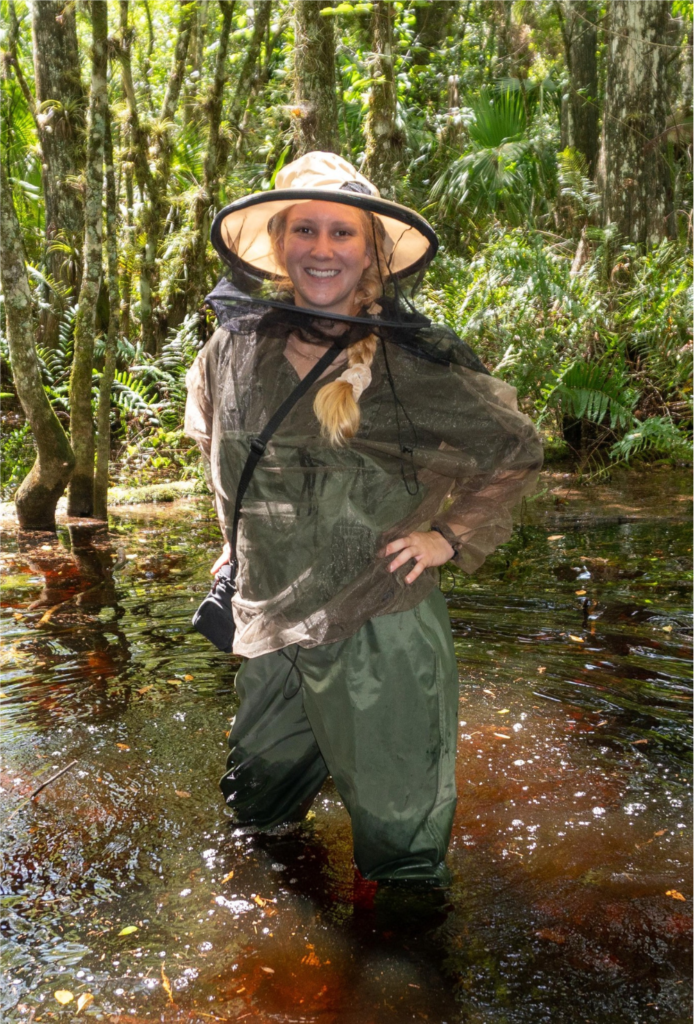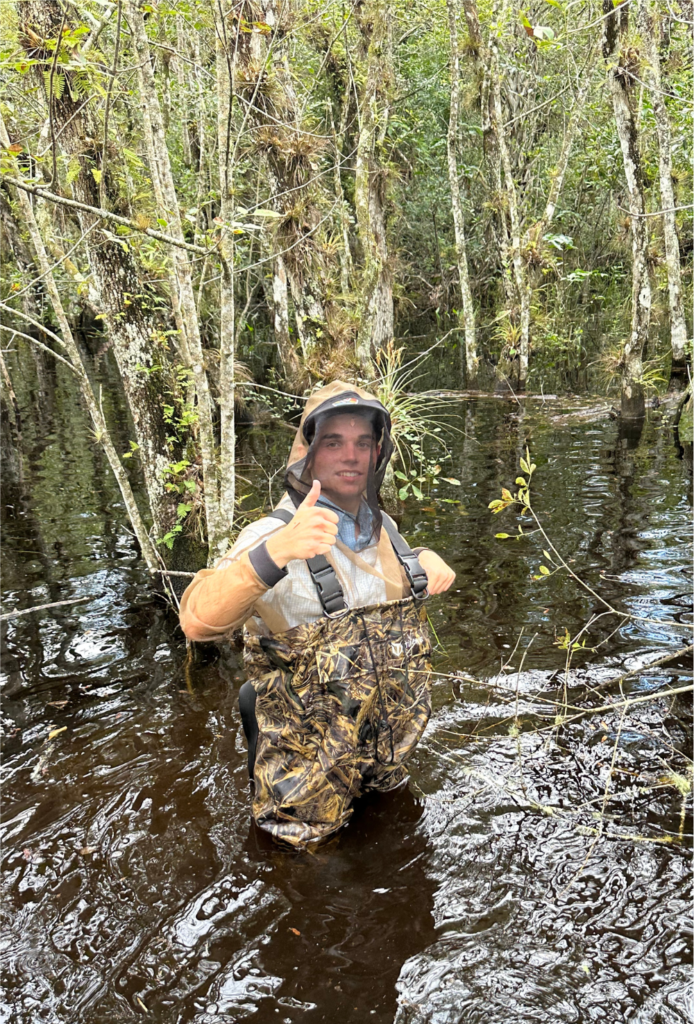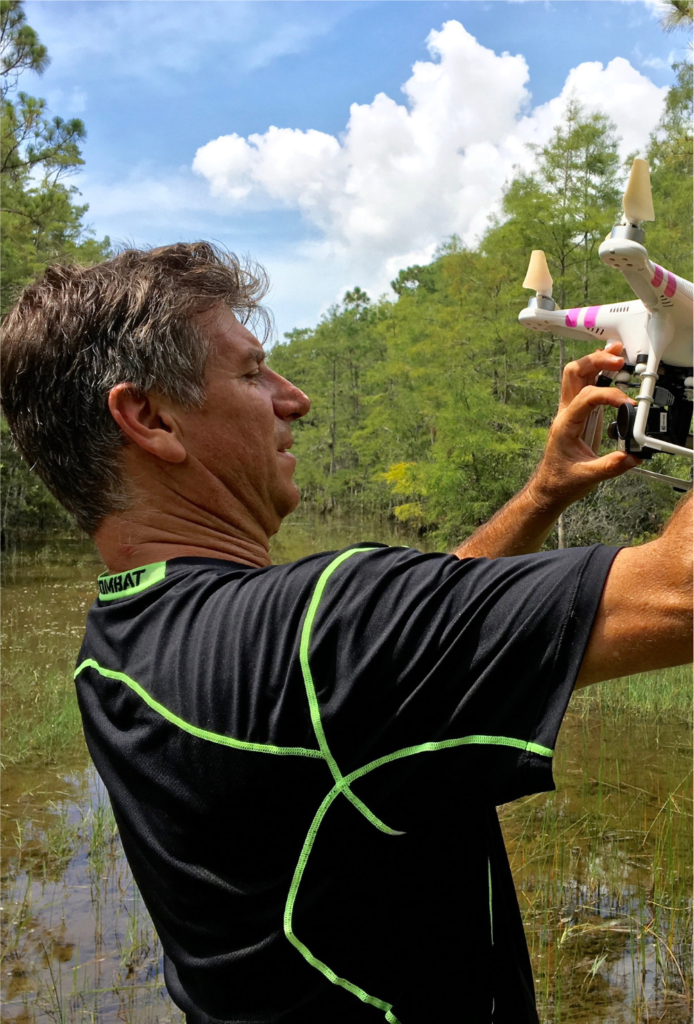Gladesmen continue long-running efforts to restore historic Everglades water flow
by Meteorologist Jesslyn Ferentz 10:05 AM EDT, Thu May 20, 2021
GLADES COUNTY, Fla. – For centuries, Gladesmen and women have raised their families in the Everglades. They have an emotional connection with the landscape they grew up on.
Through the last century, these families have watched the landscape and flow of the water get altered from human infrastructure, and current-day Gladesmen are hoping to change it back to its natural state.
“My family has been here eight generations back into the 1800s and I was so blessed to be raised by a grandfather that was a game warden that put me in his airboat when I was three years old,” said “Alligator” Ron Bergeron, Gladesman and conservationist.
“The Everglades were our playground… my eyes have seen what some generations may never see,” Bergeron said.
Bergeron has worked on environmental and restoration projects for decades trying to restore the historic water flow of the Everglades to move south.
“Everglades restoration is to correct what we did in the past and decompartmentalize the system and let the River of Grass flow,” Bergeron said.
The historic Everglades started with water that flowed through the Kissimmee River Valley, beginning at modern-day Disney World, and flowed all the way down into Florida Bay. That flat, grassy landscape is what got the nickname, “The River of Grass.”
Going back to the 1800s, sections of the Everglades were drained for farmland, homes and business development.
Canals, roads and buildings replaced natural habitats and altered water flow.
By the 1940s Congress passed the Central and South Florida Flood Control Project, which according to the National Park Service (NPS), drained almost half of the original Everglades. Admittedly, this allowed South Florida to develop into an important economic region in the country.
“The problem is that the residents, commercial businesses, real estate development, and southern Florida’s tourism, agriculture, and fishing recreation industries rely on clean water from the natural remaining Everglades,” the NPS stated.
In 2000, Congress passed the Comprehensive Everglades Restoration Plan to restore, preserve and protect the South Florida ecosystem while providing for other water-related needs such as water supply and flood protection.
At a cost of more than $10.5 billion and a more than 35-year timeline, it is the largest hydrologic restoration project by the US.
“The Everglades are in the emergency room… we need to prioritize the projects that will stop the most irreversible damage first and any missions links that’s not allowing us to get the benefit of what we’ve already built,” Bergeron said.
There are multiple restoration projects happening at this moment, and Bergeron is helping push those along.
Some of those projects are the EAA Reservoir Project, the Old Tamiami Trail Removal and the Caloosahatchee Reservoir Project, which would limit the amount of harmful discharge from Lake Okeechobee to travel down to Southwest Florida.
The Florida Legislature passed the Legacy Florida Bill in 2016, granting $200 million a year until 2026 for Everglades restoration projects.
“The Everglades is a test and if we pass the test we should be able to save our planet and have a quality of life for future generations,” Bergeron said.












